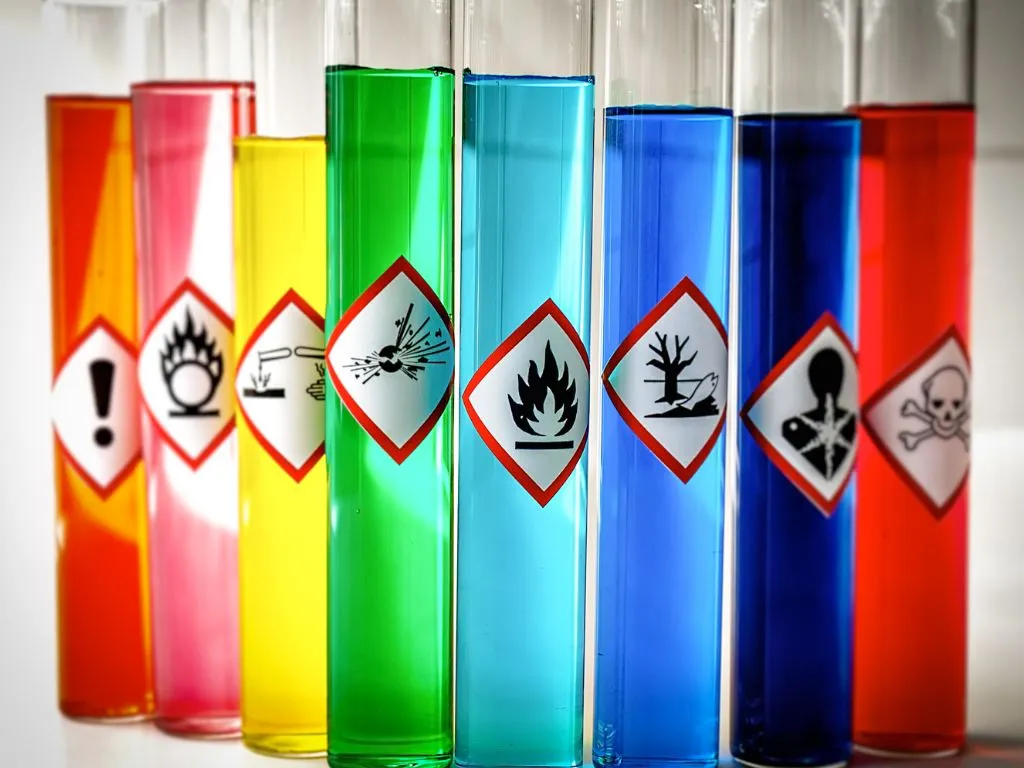- Home
- News Details
News Details

Japan Implements Stricter Regulations on Safety Data Sheets and Labels for Hazardous Substances
2024-02-20 Reference source : Ministry of Health, Labour, and Welfare (MHLW)
Safety data sheets (SDSs) MHLW
On 9 January 2024, the Japanese Ministry of Health, Labour, and Welfare (MHLW) issued a key notice to guide companies in complying with new requirements for safety data sheets (SDSs) and Globally Harmonized System (GHS) based labels for hazardous substances under the Industrial Safety and Health Act (ISHA). These requirements are set to become mandatory from 1 April 2024.
Key requirements outlined by the MHLW include:
A. Safety Data Sheets (SDS) must include:
- CAS numbers and substance names
- Physical and chemical properties of the substance, including colour, odour, melting/freezing point, boiling point and flammability.
- Information on appropriate protective equipment and storage/handling precautions.
- Specific information on human health effects following exposure, such as acute toxicity, serious eye damage/irritation, respiratory/skin sensitization, reproductive toxicity, and germ cell mutagenicity.
- Accident and emergency management procedures in case of leakage and other incidents, including evacuation measures and use of protective equipment.
- Description of the content in terms of concentration or weight percentage, or provision of a conversion formula to enable users to convert to weight percentage.
- Recommended uses and restrictions on use including conditions to avoid and incompatible materials.
- Product ingredients classified as confidential must be clearly identified with a summary description; companies may use non-disclosure agreements for such information. Exceptions apply to substances regulated by specific ordinances.
B. Packaging labels must include:
- The name of the substance (must be identical to the name in the SDS). The product name may be used if it allows identification.
- GHS hazard classifications (according to standard JISZ7252:2019) with details for each substance in a mixture if the mixture itself is not classified
- Possible harmful effects on the human body
- Hazards with pictograms and warnings
- Storage and handling instructions, including measures to prevent exposure.
- Name, address, and telephone number of the person making the label and information on the domestic manufacturer/importer.
- Emergency contact telephone numbers
- Signal word
- Information on the stability and reactivity of the substance, including storage conditions, handling precautions, decomposition, and mixing with incompatible substances.
Companies are urged to bring their practices into line with these regulations without delay to ensure compliance by the specified deadline. Failure to do so may result in penalties or legal consequences. The MHLW emphasizes the importance of these measures in improving workplace safety and minimizing the risks associated with hazardous substances.
We acknowledge that the above information has been compiled from Ministry of Health, Labour, and Welfare (MHLW).
Global Product Compliance (GPC) specializes in Global Regulatory Compliance Solutions across sectors
globally. SSS Europe, a familiar name in chemical regulatory and compliance services now formally belongs
under the umbrella of GPC Holding Sweden.
Since 2008, we have emerged as one of the leading names among Global Regulatory Compliance Service
Providers with Representation services in Europe, Asia and Middle East for respective chemical
regulations.


